Trekking in Nepal, surely it’s all the same? Well, not quite. Although there are of course lots of similarities between the different trekking areas, there are also big differences. Let’s have a look at the differences between Nepal’s prime trekking destinations, the Annapurna region versus the Everest region. We’ll also compare the two main long-distance treks in the Annapurna region, Annapurna Circuit versus Annapurna Base Camp.
Annapurna trekking versus Everest trekking
Travel to and from
All treks in the Everest region start in Lukla and require a flight by either a small airplane or a helicopter. The trekking routes in the Annapurnas can be reached by vehicle, although flights (to Pokhara) are optional.
The mountains
Ok, the Everest region has the highest mountain in the world, Mount Everest. However, trekking in either area gives you the chance to see three or four 8000 meter peaks. It’s basically Everest, Lhotse, Cho Oyu and Makalu versus Annapurna l, Manaslu and Dhaulagiri. Apples and oranges, all phenomenal mountains to look at.
The length of trekking routes
Both areas have short and long trekking routes. Generally, treks around Everest are longer, and you need to commit at least 10 days to complete a route. There are more options for shorter hikes in the Annapurna region, such as Mardi Himal and the Ghorepani Poon Hill trek. These can all be done in 8 days or less.
The altitude
The main reason that you need more time in the Everest region is the altitude. If you want to avoid doing a return hike, you need to scale passes that are over 5000 meters in order to do a loop. The Annapurnas have options. You can go high on the Annapurna Circuit. But it’s possible to trek below the 4000 meter mark and still have incredible views. It lowers the bar for people with less time, or those who don’t want to reach extreme altitudes.
The people
It is a common misconception that all the mountain people in Nepal are Sherpa. The Sherpa people live and work primarily in the Solu-Khumbu Valley, the main inhabited area in the Everest region. The Annapurna region has two main ethnic groups: the Gurung and Magar people.
Our verdict
Both areas are world-class trekking destinations. If you don’t have a lot of time, you want to avoid flying or you trekking to very high elevations is not what you’re after, then the Annapurna region is probably a better choice. If you crave high altitude adventures, away from the crowds and possibly scaling a 6000-er then the Everest region may be up your street. In either case, Bookatrekking.com will make sure your Nepal trek will be unforgettable.
Annapurna Base Camp versus Annapurna Circuit
These treks are in the same area, yet they are quite different in character. One of the main differences is the altitude. On the Annapurna Circuit, you have to scale the 5,416 meter high Thorung La, if you want to finish the trek. The Annapurna Base Camp elevation at 4,130 meters is much lower, and if things don’t go well, there is no absolute necessity to make it up there. Most itineraries on the full Circuit are more than two weeks. ABC can be done in 9 days, ideal for trekkers with less time on their hands. Finally, the Annapurna Circuit has seen lots of road development, forcing trekkers to walk on the road. That won’t happen to the Annapurna Base Camp hike anytime soon, as the route to the Sanctuary is a dead-end. So, take your pick, both treks are excellent!





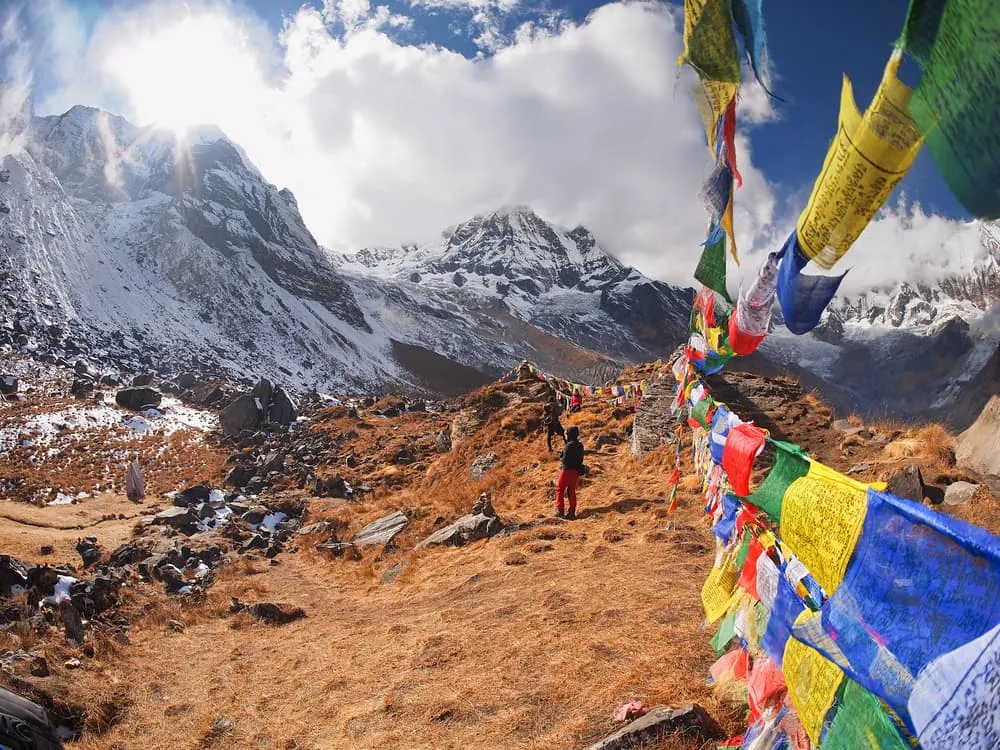
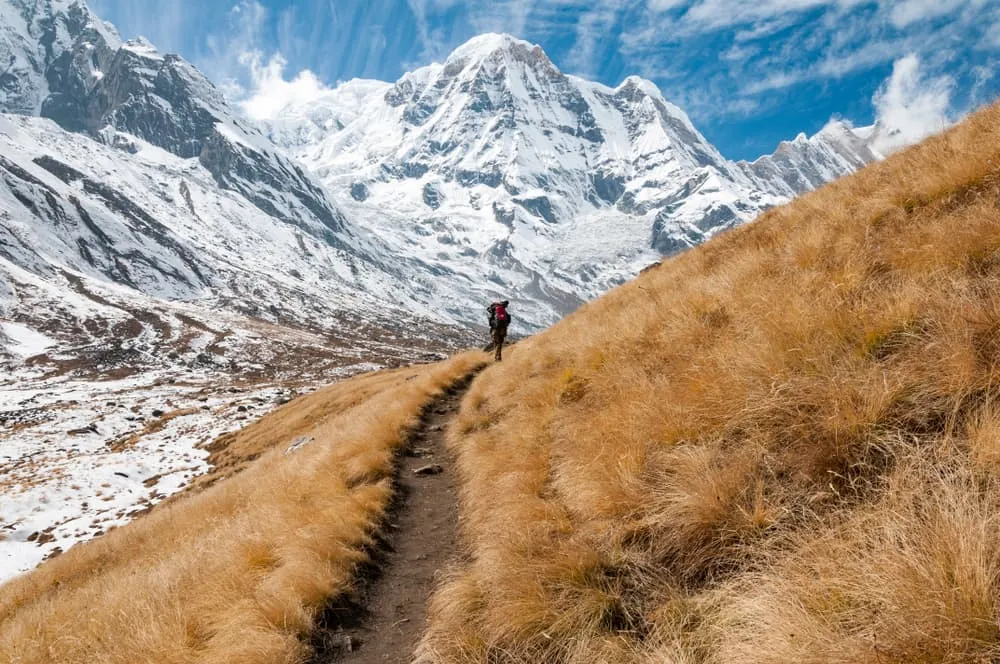
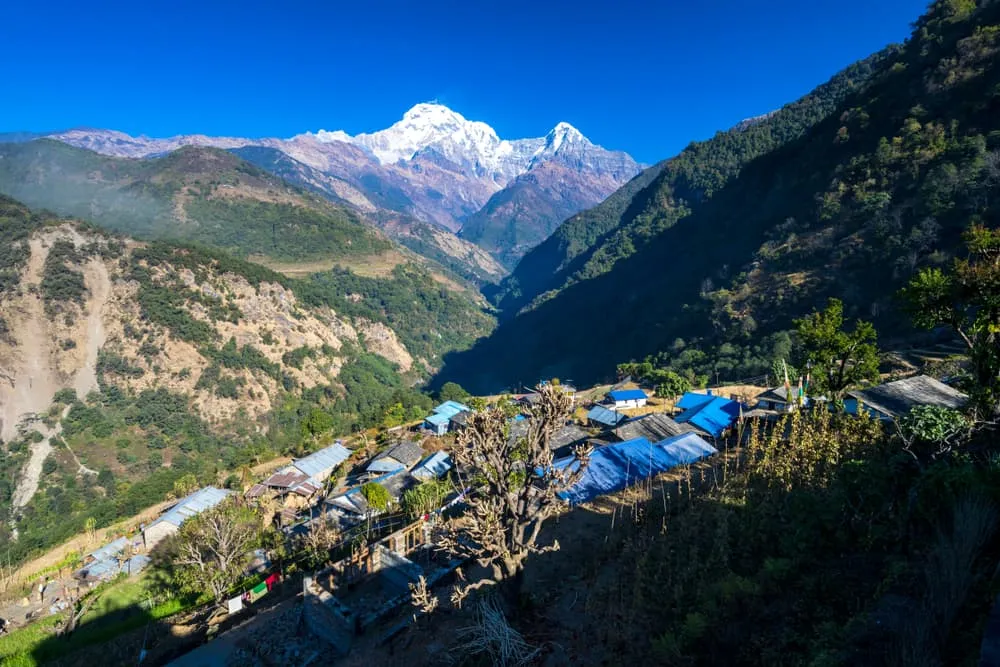

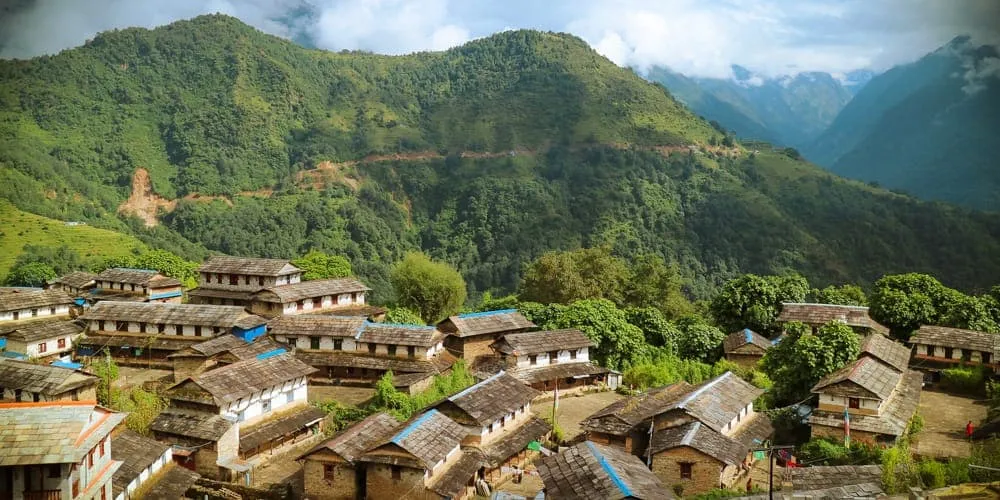
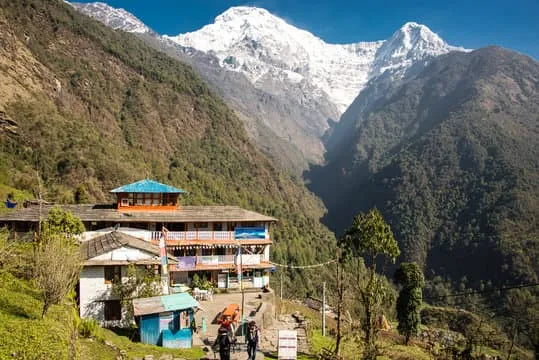

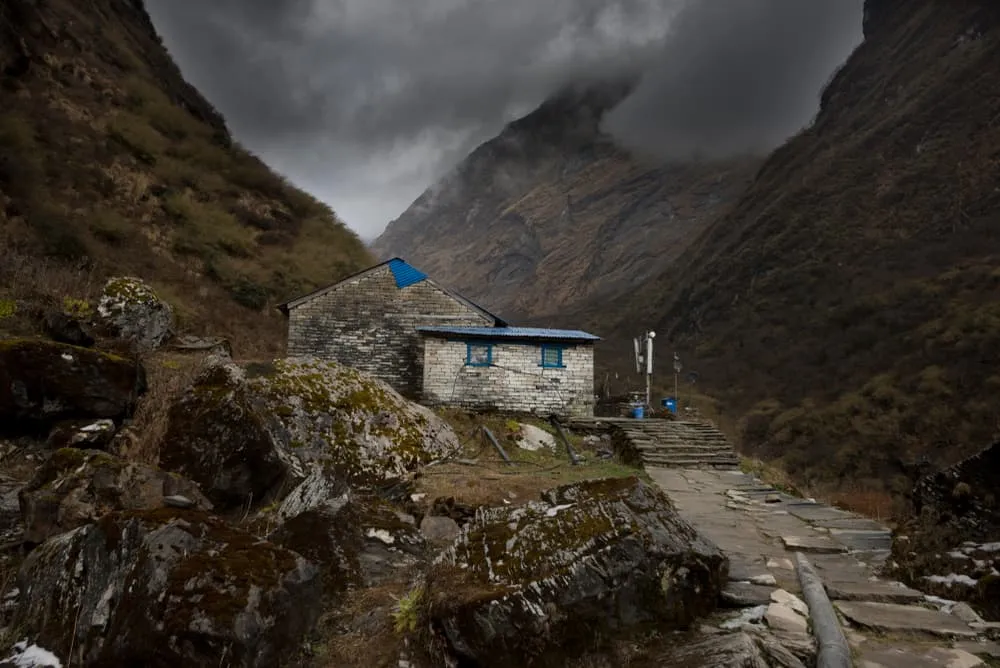


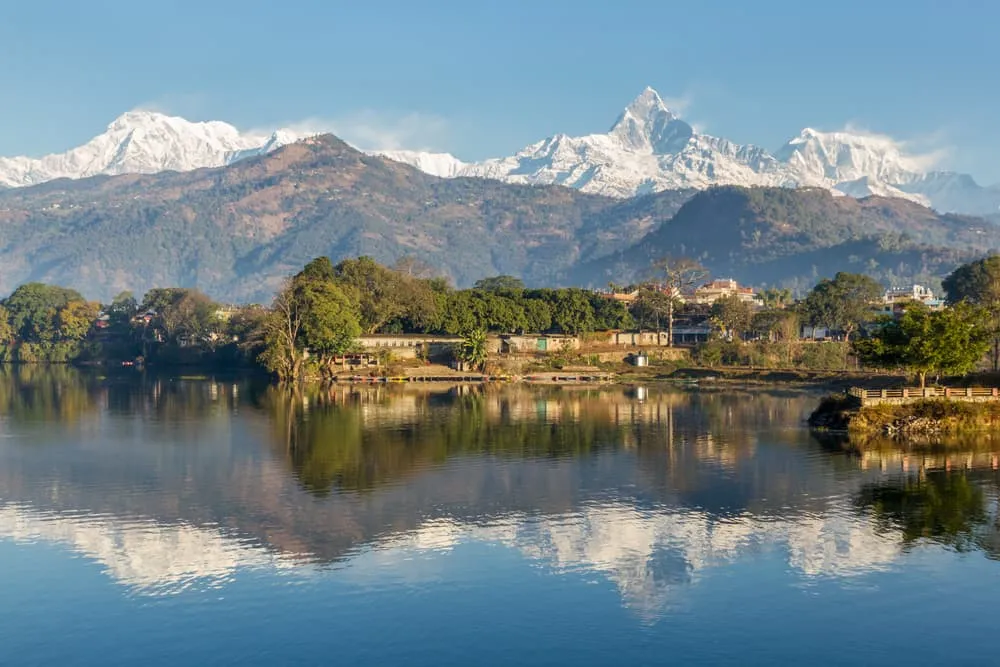


Comments